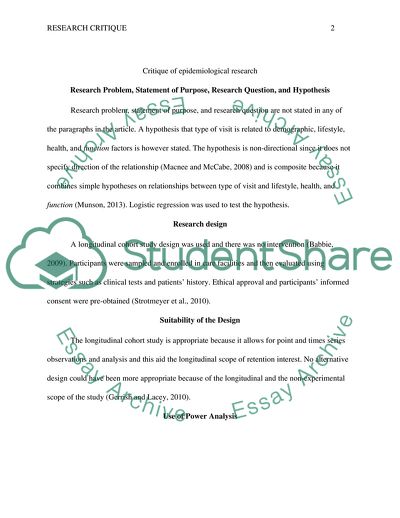Not Found (#404) - StudentShare. https://studentshare.org/medical-science/1853787-health-promotion-and-epidemiological-research
Not Found (#404) - StudentShare. https://studentshare.org/medical-science/1853787-health-promotion-and-epidemiological-research.


